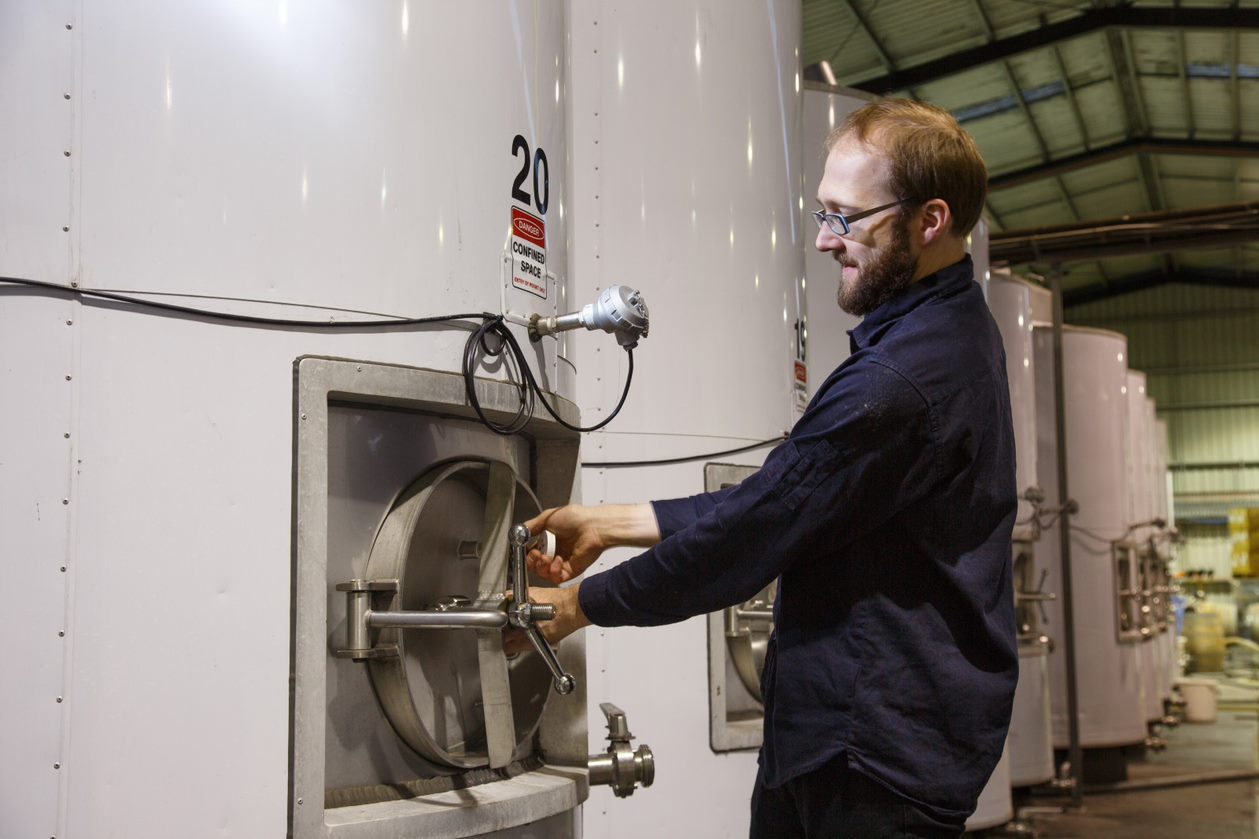
SPONSORED CONTENT
Improving production efficiency in wineries can be achieved without sophisticated technologies and involve something as commonplace as a mobile phone or tablet.
A recent webinar conducted by vintrace explored this type of automation. Hosted by vintrace’s Jamie Gilchrist, the webinar featured winemakers Ian Hongell of Barossa Valley-based Torbreck Vintners, Chris Darling of New Zealand-based Darling Wines, and Wolff Fiedler the systems coordinator for Tasmanian Vintners.
While vintrace started as a computer-based winery management system, it has since become available as an app for mobile phone and tablet use, which has risen significantly as wineries implement restrictions to slow the spread of Covid-19.
“We saw a huge uptake in the app usage for vintrace,” Gilchrist says.
“One thing I found interesting is that people were using their mobile devices to reduce the need to sanitise clipboards, pens and paper shared across the cellar crew.”
Ian Hongell explained that although Torbreck Vintners doesn’t utilise a lot of automation in its winery, vintrace has led to improved efficiencies. Cellar staff enter readings, such as Baume levels, directly into vintrace, and record each press load when completed. This practice enables the winemaking team to check on the progress of any given fruit load.
“We started with an Excel spreadsheet. At the end of the day, one of the staff would sit there for two hours and update [all the worksheets] manually. Now, it takes about 15 minutes to set up the next day’s work,” Ian says.
Torbreck is also making use of the vintrace app in vineyards.
“If I’m in a vineyard and I’m with a grower, I can stand there and book [the fruit for harvest] on my phone. That’s downloaded immediately to our calendar, and programmed so we can prepare our fruit receival,” Ian says.
He says this avoided the possibility of a load of fruit turning up at the winery unexpectedly.
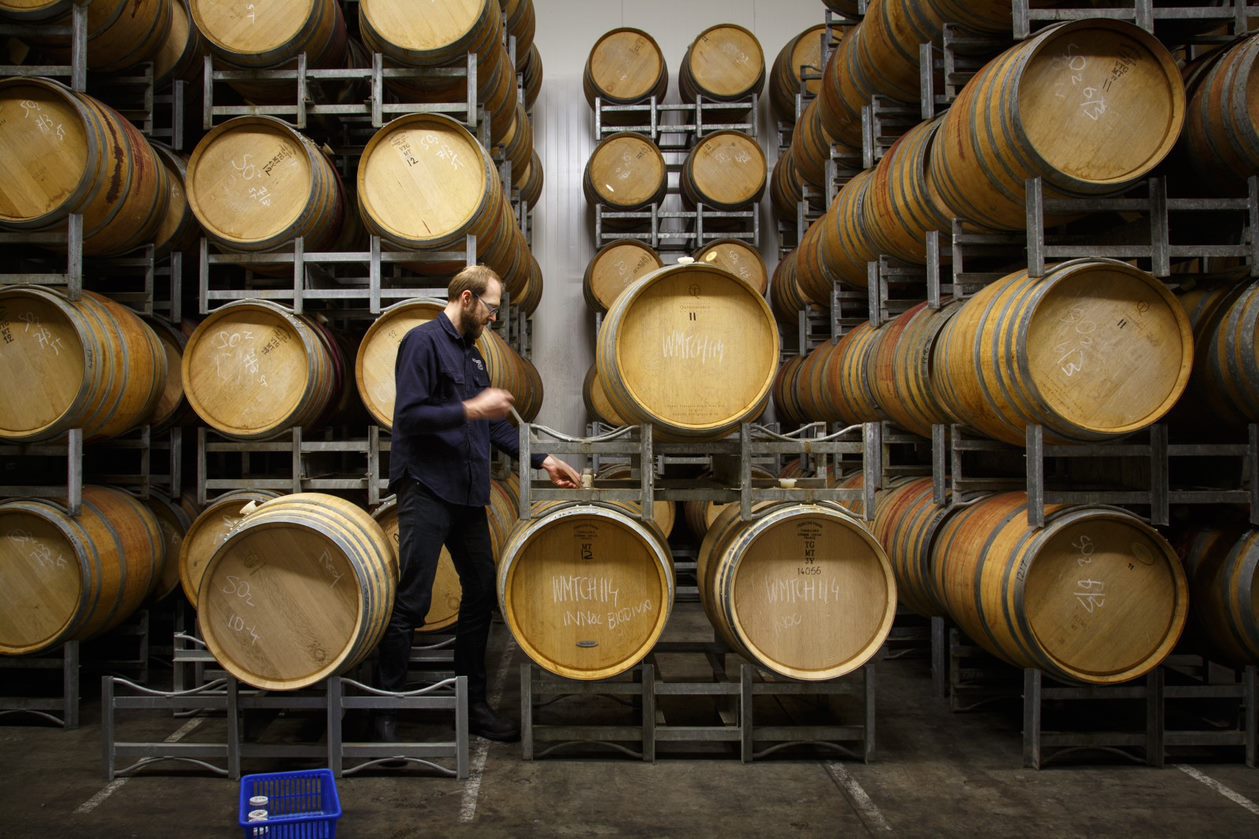
Chris Darling of New Zealand-based Darling Wines would usually commute between South Australia and the winery in New Zealand. But, restrictions on international travel brought about by Covid-19 meant that it was no longer an option. Still, with access to vintrace on his phone, in particular, he was kept abreast of everything that was happening remotely. While his New Zealand-based business partner was able to supervise the tasting of grapes and ferments during the vintage, vintrace kept Chris up to speed with “all the numbers”.
“Rather than getting reports sent to me, I found it great to be able to log on anytime and find out what’s going on, especially through the app. Like, if a cellar note is waiting, or if I request an analysis, I can see if it is being done. If a racking’s been done, I can see if there’s any balances that need sorting out,” Chris says.
Formerly employed at a larger NZ winery that used vintrace, Chris now appreciates its application in a smaller setting.
“It saves so much time just having your [tank] temperatures imported into vintrace. And you can do it at a certain time of the day as well,” he says.
“If you’re doing your ferment rounds in the morning, you can get your temperatures to upload just before that; then you know in real-time what’s going on.”
Likewise, finishing notes could be standardised and automated using vintrace.
“We would have templates set up for additions for finishing a ferment,” Chris says.
“You’d type in your tanks, and it would just fill out all the additions for you. You could write 10 or 20 finish notes in about a minute if you really needed to.”
Saving time in recording data and then using that data to save even more time has been the main gain from vintrace for Tasmanian Vintners.
“In one of our bigger vintages, we had 170 ferments,” Wolff Fiedler says.
“At some stage, we would have to do the temperature entry for them all manually in whatever program we were using at the time. But now we have automatic sensors that read these temperatures, send the temperatures to a server which runs the software, and then vintrace reads this software and automatically imports it. That can save, in a big vintage with lots of ferments, potentially an hour a day of data entry.”
Fiedler says one of the most significant advantages of vintrace is the ability to schedule wine analyses.
“You can say, ‘I want this analysis to be done in two weeks and then again in six weeks’ or something like that. We’ve also trained more people to be able to update the work notes,” Wolff says.
“We’ve probably got about close to 30 percent of our staff now able to do this, which means you can have these work notes updated really fast by winemakers, laboratory staff.
“You want to have your work orders updated fast so you can then get the most out of your analysis.”
For information about vintrace visit www.vintrace.com.




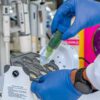
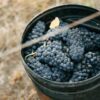




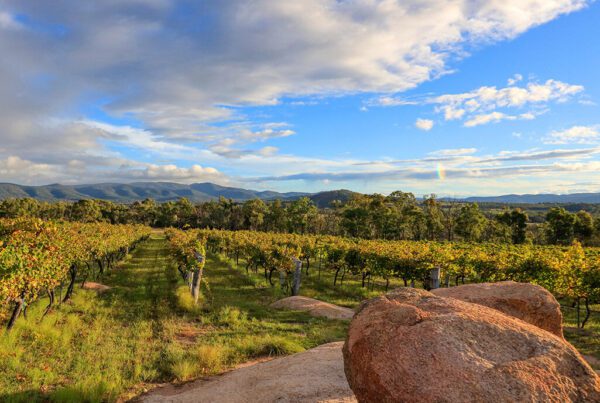


Recent Comments